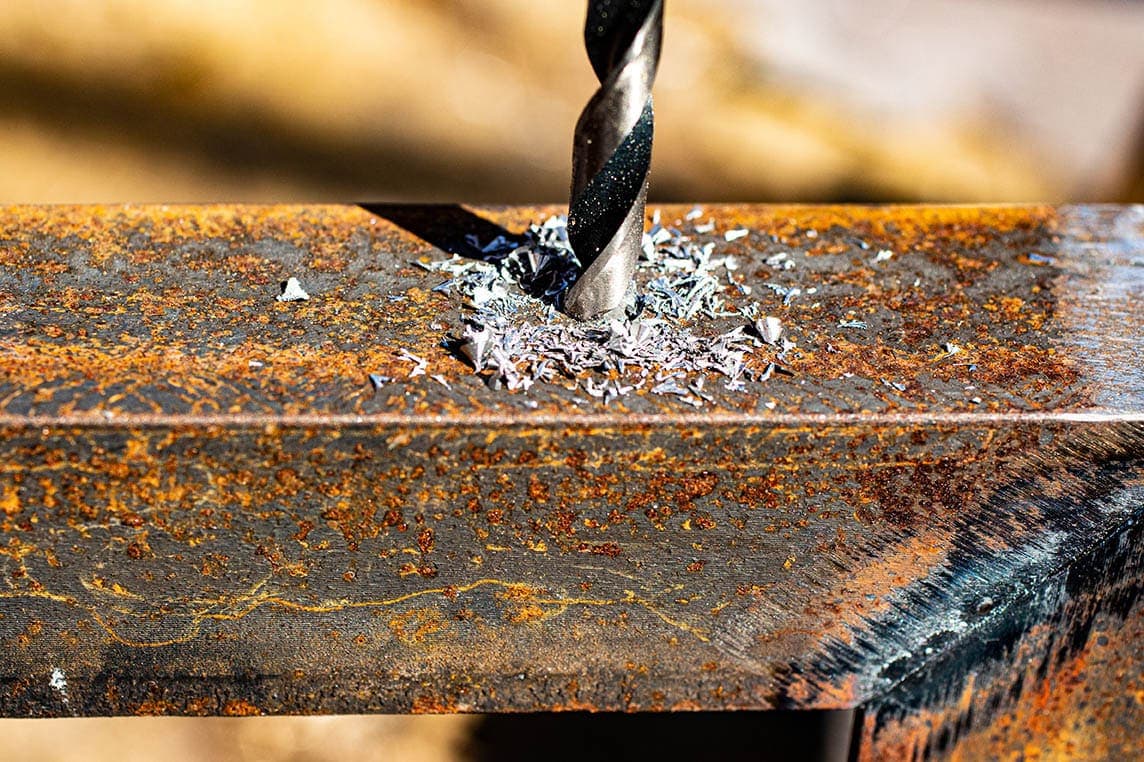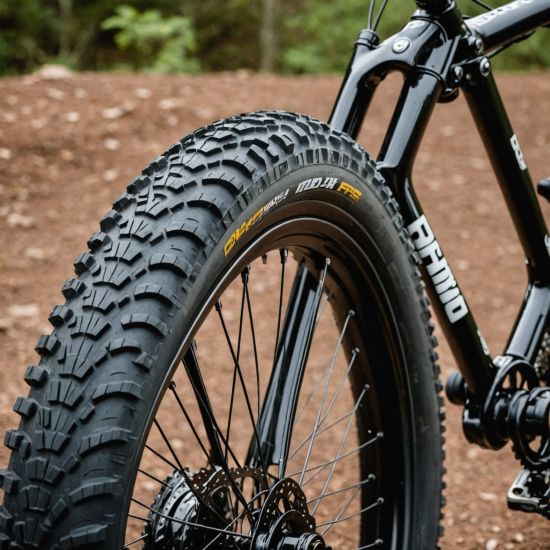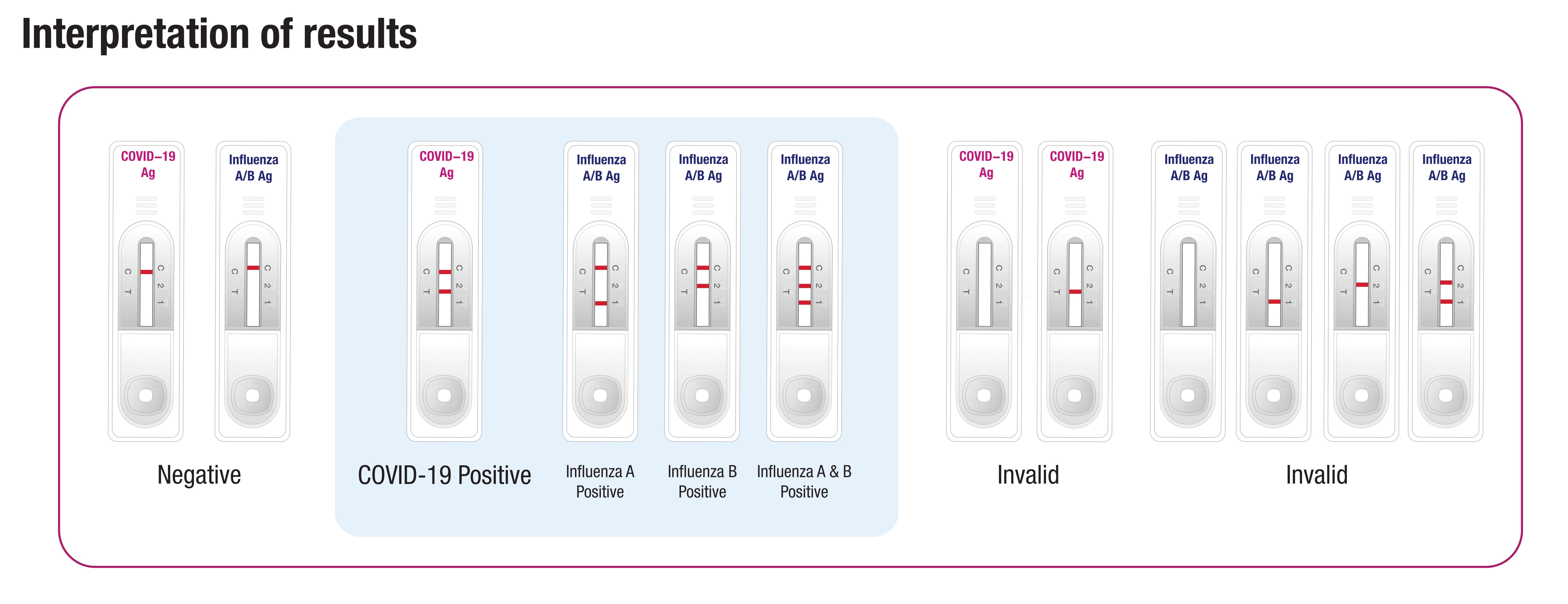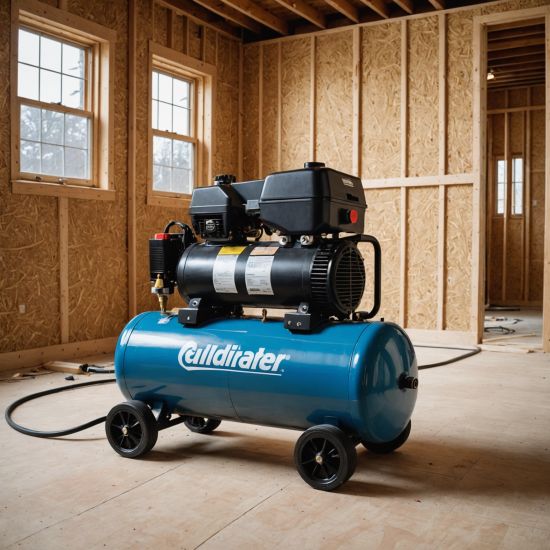Drilling Metal on Metal: A Step-by-Step Guide

Drilling metal on metal requires precision and the right techniques to avoid damage to your workpiece or injury to yourself. This guide will walk you through the essential steps.
Choosing the Right Drill Bit and Speed
Selecting the appropriate drill bit is crucial for a successful metal-on-metal drilling operation. The material's hardness dictates the bit's type; softer metals like aluminum can be tackled with high-speed steel (HSS) bits, while harder materials such as stainless steel or titanium may need carbide-tipped bits for optimal performance. Carbide bits are significantly more durable and less prone to breakage, making them ideal for tough applications. When choosing a bit, ensure it's specifically designed for metalworking and has a sharp point. The drill bit should also have a diameter slightly smaller than the intended hole size to reduce the risk of breakage. For detailed bit specifications and material recommendations, you might want to consult resources like the Metalworking Drill Bit Selection Guide. Furthermore, selecting the correct speed is vital. Using too high a speed can cause the bit to overheat and lose its cutting edge, while too slow a speed can lead to excessive force and result in bit breakage or a poor finish. Consult your drill's manual or the bit manufacturer's specifications for recommended speed ranges based on the material being drilled and bit diameter.
Utilizing Proper Lubrication and Cooling
Adequate lubrication is critical when drilling metal on metal. The friction generated during drilling can produce significant heat, potentially leading to bit damage, workpiece distortion, and a poor-quality hole. The most common methods are using cutting fluids or lubricants, which reduce friction, heat dissipation, and improve chip removal. These can range from simple water-soluble coolants to specialized oils designed for metalworking. Many commercial cutting fluids are available; a quick online search will lead you to suppliers like Cutting Fluids Direct. The specific choice depends on the metal being drilled and the type of drill bit used. Regular application of the coolant during drilling is crucial, preventing overheating and extending the lifespan of your drill bit. Remember to always consult the safety data sheet (SDS) for any cutting fluid before use. Efficient cooling also prevents the workpiece from warping or changing its physical properties from excessive heat.
Techniques for Clean, Accurate Drilling
Successful metal-on-metal drilling requires proper technique. Before starting, always clamp your workpiece securely to a stable surface to prevent movement during drilling. Using a vise or a clamp is recommended to ensure steady drilling, which minimizes vibration that can lead to inaccurate holes. Start slowly and apply firm, even pressure on the drill. Avoid forcing the bit; let it do the work. Excessive force can cause the bit to break, especially when working with hard metals. For increased accuracy, especially for precise hole placement, consider using a center punch to create a small indentation at the drilling point before starting. This helps guide the drill bit and prevents it from wandering. It’s also crucial to ensure the workpiece is clean and free from any debris or burrs before drilling to avoid bit damage and improve the overall drilling process. After drilling, use a deburring tool to remove any sharp edges around the hole for safety and a better finish.







